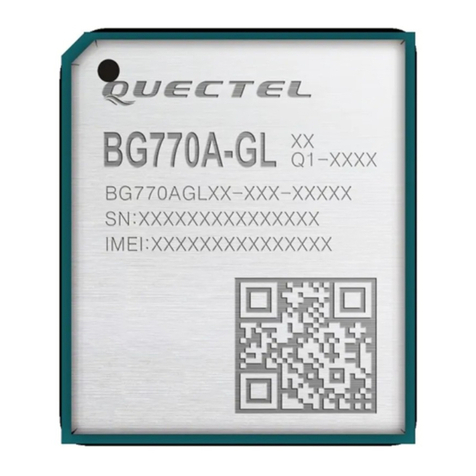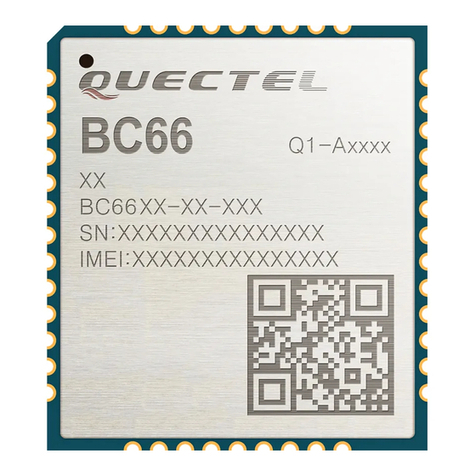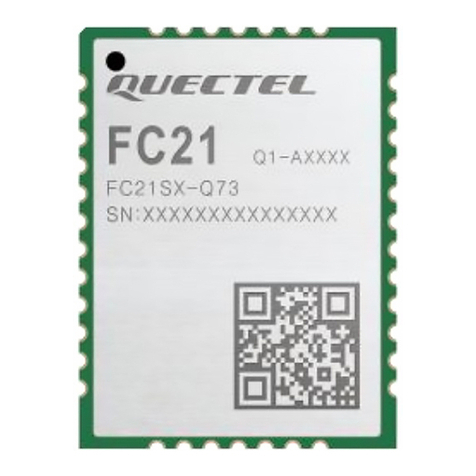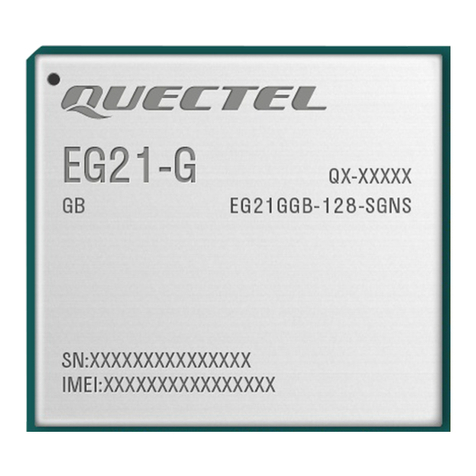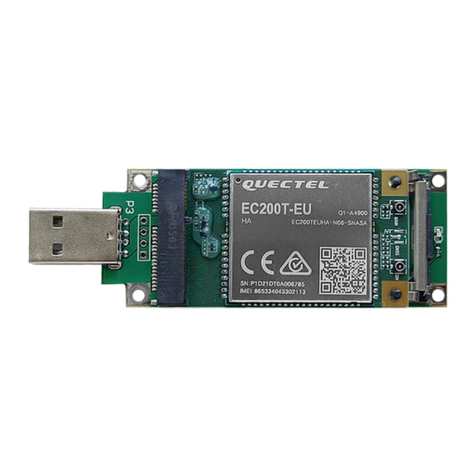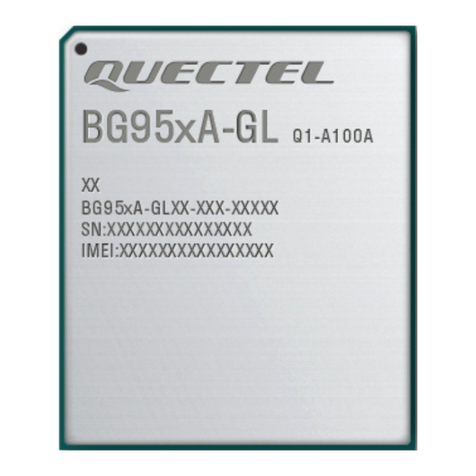Wi-Fi&Bluetooth Module Series
Wi-Fi-M.2_EVB_User_Guide 1 / 22
Our aim is to provide customers with timely and comprehensive service. For any assistance,
please contact our company headquarters:
Quectel Wireless Solutions Co., Ltd.
Building 5, Shanghai Business Park Phase III (Area B), No.1016 Tianlin Road, Minhang District, Shanghai
200233, China
Tel: +86 21 5108 6236
Or our local office. For more information, please visit:
http://www.quectel.com/support/sales.htm.
For technical support, or to report documentation errors, please visit:
http://www.quectel.com/support/technical.htm
Or email to support@quectel.com.
General Notes
Quectel offers the information as a service to its customers. The information provided is based upon
customers’ requirements. Quectel makes every effort to ensure the quality of the information it makes
available. Quectel does not make any warranty as to the information contained herein, and does not
accept any liability for any injury, loss or damage of any kind incurred by use of or reliance upon the
information.All information supplied herein is subject to change without prior notice.
Disclaimer
While Quectel has made efforts to ensure that the functions and features under development are free
from errors, it is possible that these functions and features could contain errors, inaccuracies and
omissions. Unless otherwise provided by valid agreement, Quectel makes no warranties of any kind,
implied or express, with respect to the use of features and functions under development. To the maximum
extent permitted by law, Quectel excludes all liability for any loss or damage suffered in connection with
the use of the functions and features under development, regardless of whether such loss or damage
may have been foreseeable.
Duty of Confidentiality
The Receiving Party shall keep confidential all documentation and information provided by Quectel,
except when the specific permission has been granted by Quectel. The Receiving Party shall not access
or use Quectel’s documentation and information for any purpose except as expressly provided herein.
Furthermore, the Receiving Party shall not disclose any of the Quectel's documentation and information
to any third party without the prior written consent by Quectel. For any noncompliance to the above
requirements, unauthorized use, or other illegal or malicious use of the documentation and information,
Quectel will reserve the right to take legal action.
